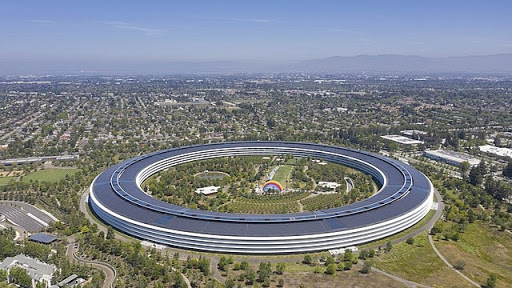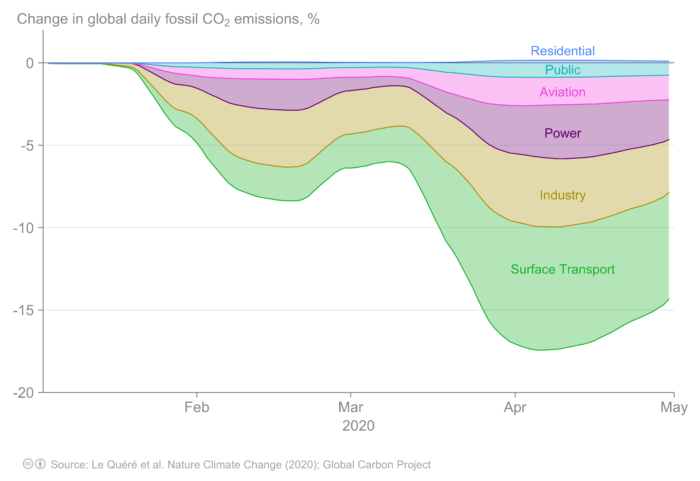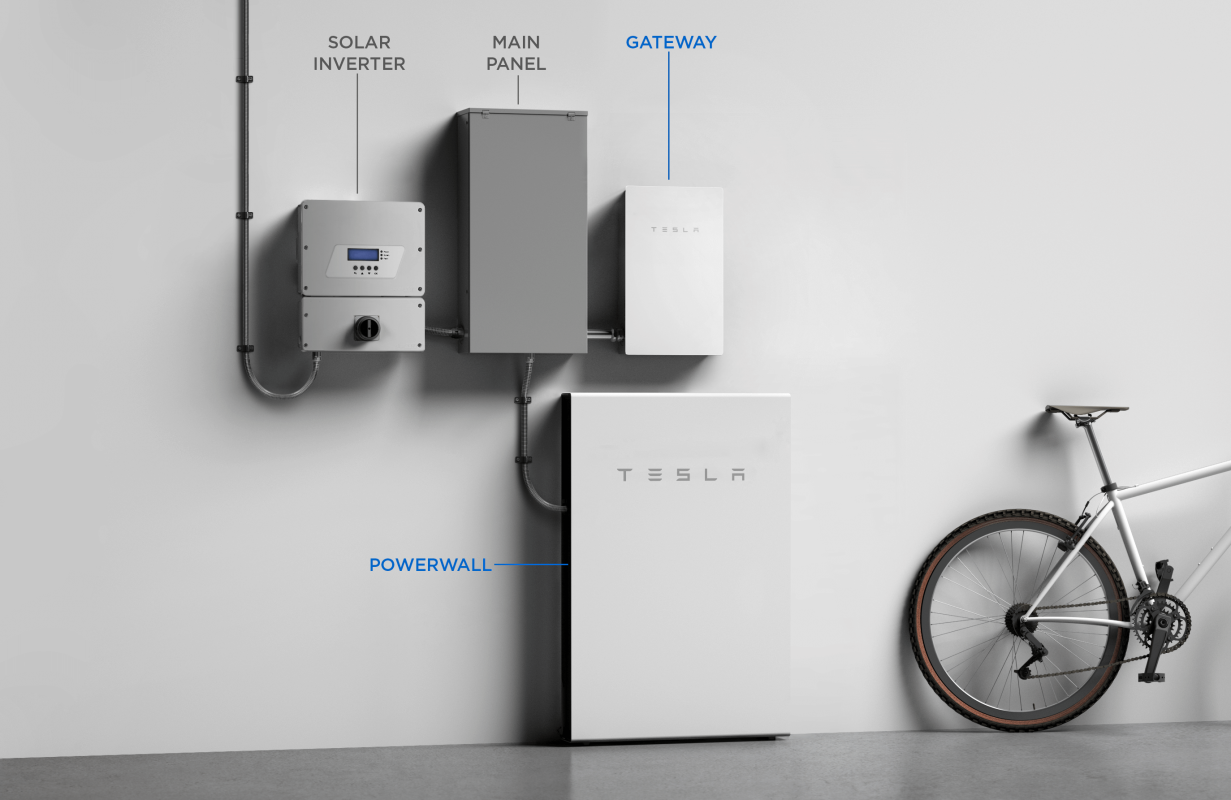
The government and the general public have the power to influence how companies respond to climate change.
They can push companies to change their practices and develop new technology to help our environment.
Changing Company Operations

Companies can reduce their carbon footprints by switching to renewable energy sources, decreasing energy use, and recycling waste.
Let’s take a look at some companies that have implemented sustainable practices!
- Apple Park, Apple’s new headquarters in California is powered by 100% renewable energy. It is naturally ventilated and does not require heat or AC for nine months of the year. It also uses recycled water.
- Maersk, a shipping company, developed the very first ocean vessel powered entirely by biofuel. They specifically powered the vessel with used cooking oil!
- Lego launched a new set of bricks made from sugarcane-based plastic. The company is also powered by 100% renewable energy. They now use the catchy phrase, “Plants made from plants!”
- Danone, a food company, has encouraged dairy farmers to conserve water and preserve the soil. They also use eco-friendly packaging with their products.
Remote Workplaces

During the COVID-19 pandemic, people were told to stay home to avoid spreading the disease.
Social distancing proved to be a super positive change for nature and the global climate!
Global energy usage reduced by almost 6% with businesses halting their production and travel.
The pandemic led to the largest drop in carbon dioxide emissions in history! Fig 6.3.3 shows the impact on different sectors.
Now companies can take steps to provide more work-from-home opportunities. As employees get comfortable with working online, most meetings and conferences can be held remotely. This can save emissions from daily commuting and air travel.
Remote working also helps reduce the carbon footprints of companies because they can downsize office buildings.
Technology Innovations

Besides improving their operations, companies can also develop new technology geared towards mitigating climate change. Let’s take a look at a few of these innovations!
Alternatives to meat - Livestock contributes heavily to greenhouse gas emissions. New companies like Beyond Meat are producing meat substitutes. They are also exploring lab-grown meats.
Residential energy storage - More solar panels are being installed in homes. The ability to store this energy will reduce dependence on the electric grid. Tesla is leading the way with its Powerwall batteries (Fig 6.3.5).

Smart Devices - These devices allow companies and residences to monitor their electricity usage. Homeowners can run appliances like dishwashers and washing machines at off-peak hours to lower their electricity bills. Smart thermostats can even turn themselves off when no one is home!
Nuclear Fusion Energy - Nuclear fusion energy could be an excellent energy source. It is also safer as it releases helium as a byproduct. Two companies are pioneering fusion technology with a target date of 2025.
Direct Air Capture - Some companies such as ClimeWorks in Switzerland are experimenting with taking carbon dioxide directly from the air and converting it into fuel or storing it underground.
There are so many different actions that companies can take to reduce their emissions and develop creative solutions to address climate change.
In the next section, we’ll take a look at what individuals can do to help!
Summary
- Companies can reduce their carbon footprints by switching to renewable energy, decreasing energy usage, and recycling waste.
- They can encourage work-from-home opportunities and reduce in-person events and conferences.
- Finally, companies can develop cutting-edge technologies that change the way we live, eat, and travel.

The government and the general public hold the power to influence how companies respond to climate change.
They can both push companies to change their operations and also develop new technology that can help our environment.
Changing Company Operations

Companies can reduce their carbon footprints by switching to renewable energy sources, decreasing energy usage (such as reducing the use of air conditioners, heaters, and lighting), and recycling waste.
Let’s take a took at some companies that have implemented sustainable practices:
- Apple Park, Apple’s new headquarters in California is perhaps the greenest building. It is powered by 100% renewable energy, is naturally ventilated, does not require heat or AC for nine months of the year, and uses recycled water.
- Maersk, a Danish shipping company, developed the very first ocean vessel powered entirely by biofuel, specifically from used cooking oil.
- Lego launched a new set of bricks made from sugarcane-based plastic and the company is also powered by 100% renewable energy.
- Danone, a food company, has encouraged sustainable practices among its dairy farmers to conserve water and preserve the soil, and also uses eco-friendly packaging
Remote Workplaces

During the COVID-19 pandemic, people were told to stay home to avoid the spread of the disease. Social distancing proved to be a blessing for nature and the global climate!
With several businesses in lockdown and fewer flight trips, the global demand for energy reduced by almost 6%. The pandemic also led to the largest drop in carbon dioxide emissions in history! Fig 6.3.3 shows the impact on different sectors.
Now companies can take steps to provide more work-from-home opportunities. As employees get comfortable with working online, most meetings and conferences can be held remotely. This can save emissions from daily commuting and air travel.
Remote working would also avoid crowding in cities and reduce the carbon footprints of companies as they can downsize their office buildings.
Technology Innovations

Besides improving their operations, companies can also develop new technology geared towards mitigating climate change. Let’s take a look at a few of these innovations!
Alternatives to meat - Because livestock contributes heavily to greenhouse gas emissions, companies such as Beyond Meat are looking to produce meat substitutes or lab-grown meats.
Residential energy storage - With solar panels installed in homes, the ability to store residential energy locally will reduce dependence on the electric grid. Tesla is leading the way with its Powerwall batteries (Fig 6.3.5).

Smart Devices - These devices allow companies and residences to monitor their electricity usage. Homeowners can run appliances like dishwashers and washing machines at off-peak hours to lower their electricity bills. Smart thermostats, similarly, can turn themselves off when no one is home to save energy.
Nuclear Fusion Energy - Nuclear fusion energy, generated from the fusion of atoms, has the potential to be an excellent energy source. It is also safer as it only releases helium as a byproduct. Two companies, one of which is backed by Jeff Bezos of Amazon, are pioneering fusion technology with a target date of 2025.
Direct Air Capture - Some companies such as ClimeWorks in Switzerland are experimenting with taking carbon dioxide directly from the air and converting it into fuel or storing it underground.
There are so many different actions companies can take to reduce their emissions and develop creative solutions to address climate change.
In the next section, we’ll take a look at what individuals can do to help!
